Paris, the City of Lights, and Museums! We have visited several museums during our various visits to this lovely city – The Louvre, Carnavalet Museum, Musée Rodin, Musée de Cluny and the Musée d’Orsay.

All of these museums are wonderful and have a different focus or approach. Janeen particularly likes Carnavalet Museum as it represented the History of Paris through the years but unfortunately it is under renovation until 2020. A visit to the Louvre is certainly an enjoyable time but it is HUGE and crowded particularly when you want to see the Mona Lisa (I can pass on that, been there done that) and we decided a repeat visit to Musée d’Orsay would be on our list of places this trip.
The Musée d’Orsay is located on the Left Bank of the Seine and is housed in the former Gare d’Orsay – a Beaux-Arts railway station built between 1898 and 1900. The museum holds mainly French art dating from 1848 to 1914 including paintings, sculptures, furniture and photography.
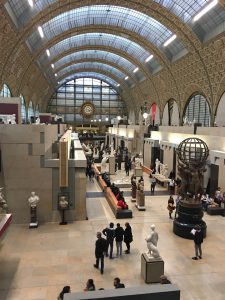
The museum houses the largest collection of impressionist and post-impressionist masterpieces in the world. Paintings by Monet, Manet, Degas, Renoir, Cézanne, Gauguin and Van Gogh provide a fantastic snapshot of this style of painting.
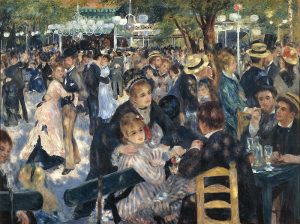



The original railway station, Gare d’Orsay, was constructed in time to be part of the 1900 Exposition and provided rail service throughout southwestern France until 1939. At that time, the short platforms had become unsuitable for the longer trains and the station stopped long distance service but continued with more suburban services. It has been used in several films over the years and was set to be demolished starting in 1970 but nothing happened and eventually the Directorate of the Museums of France had the idea of turning it into a museum that would bridge the gap between the Louvre and other museums of Paris. After much work and renovation the new museum was ready to receive art in 1986 where it has continued to provide a wonderful place to view art in Paris.
The interior of the building is huge with exhibits on several levels. After purchasing our tickets we entered on the main floor that overlooks the entire space. The main floor has early 19th century art: Conservative on the right, Realism on the left.
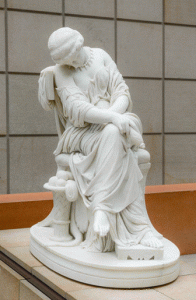
 Wandering among the main floor’s gallery of gleaming white statues is a joy. At the end of the first floor is a scale model of the Garnier Opéra House – this cross section lets you see the complexities of all the stage areas and gives you a good idea of the size of the place.
Wandering among the main floor’s gallery of gleaming white statues is a joy. At the end of the first floor is a scale model of the Garnier Opéra House – this cross section lets you see the complexities of all the stage areas and gives you a good idea of the size of the place.
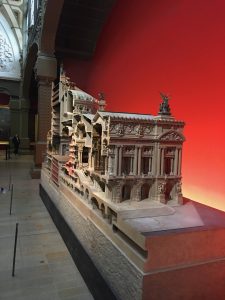
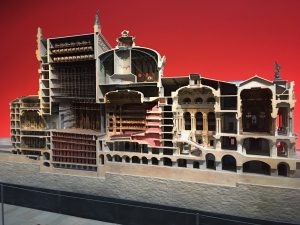
Upstairs is where the impressionist and post-impressionist – well presented and amazing. I could certainly have one or more of these on the wall in my house!
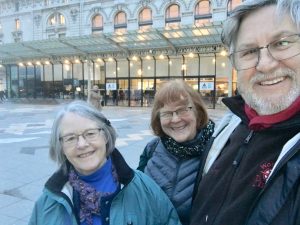
All in all David was in the d’Orsay about 4 hours while Janeen and Beth had previously spent a few hours it was not nearly enough time to really see everything – David missed all the furniture, photography and the special Picasso exhibits. Most likely we will back during this trip.